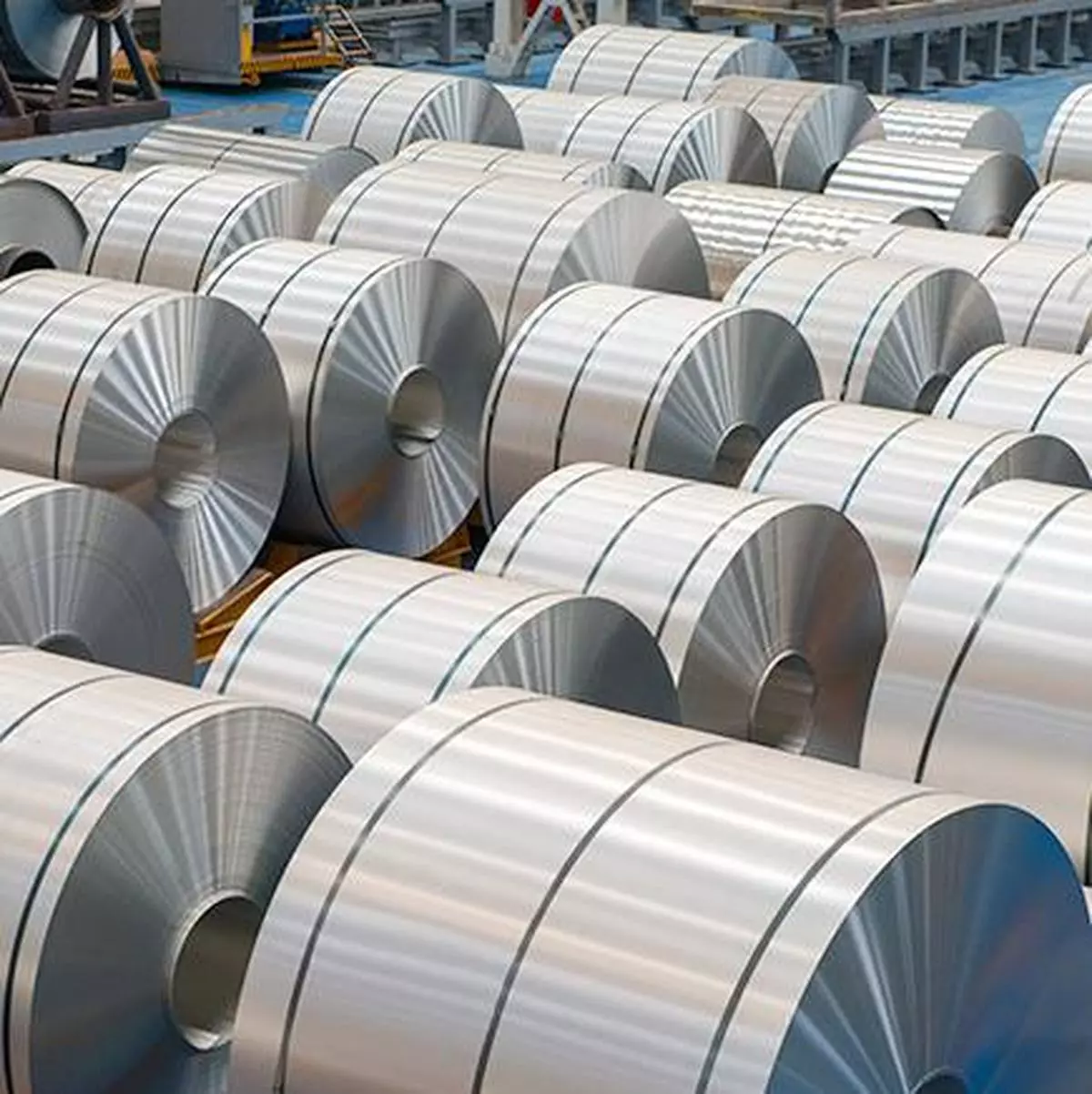India is working towards use of hydrogen in steel-making, thereby, bringing down carbon emissions in the metal-making process.
The pilot projects will use hydrogen — produced through electrolysis — as an alternative to conventional coking coal. Using hydrogen instead of coal in the steel-making process produces water vapour rather than carbon dioxide.
Of the three pilot processes planned, one will have 100 per cent hydrogen-based DRI production; the second would involve injecting hydrogen into an existing blast furnace; and the third will see blending of hydrogen with natural gas in an existing DRI plant so as to gradually bring down fossil fuel usage.
Recently, Mecon, the state-run consultancy firm appointed for the project, called for a Request for Proposal (RfPs) for green steel pilots. An outlay of ₹455 crore under the National Green Hydrogen Mission has been announced to push green steel-making projects.
“A consortium-based pilot for a H2-based DRI facility is being explored,” a Ministry official told businessline. An individual bidder needs to have a positive networth as on March 31, 2023, while in the case of a consortium, all members should have a positive net worth.
The need to decarbonise the industry is felt worldwide.
Steel production remains dependent on coking coal in traditional blast furnaces, which produces huge amounts of carbon dioxide. Electric arc furnaces used in the recycling of scrap or in the final stages of steel production are less carbon-intensive, but can also be highly polluting, depending on the carbon footprint of their electrical power supply.
Overall, steel production is responsible for 7-9 per cent of the world’s annual CO₂ emissions, according to the World Steel Association.
The average CO2 emission intensity of the Indian steel industry was projected to come down from 3.1 T / tcs in 2005 to 2.64 T / tcs by 2020, and is targeted to come down to 2.4 T/tcs by 2030 (i.e. approximately 1 per cent per year).
Funding for three pilots
A senior official said the Centre will “primarily fund capital equipment” required for use of hydrogen. Expenses on account of production of hydrogen or land will not be funded.
Fund release will depend on the nature of the steel-making process adopted.
Regarding setting up of a new pilot plant for utilisation of 100 per cent hydrogen, funding will be up to 70 per cent of the total project cost (excluding cost of production of hydrogen, land, etc.). Funding for steel-making by other methods – injection or blending in an existing plant – will be up to 50 per cent of the capital cost.

